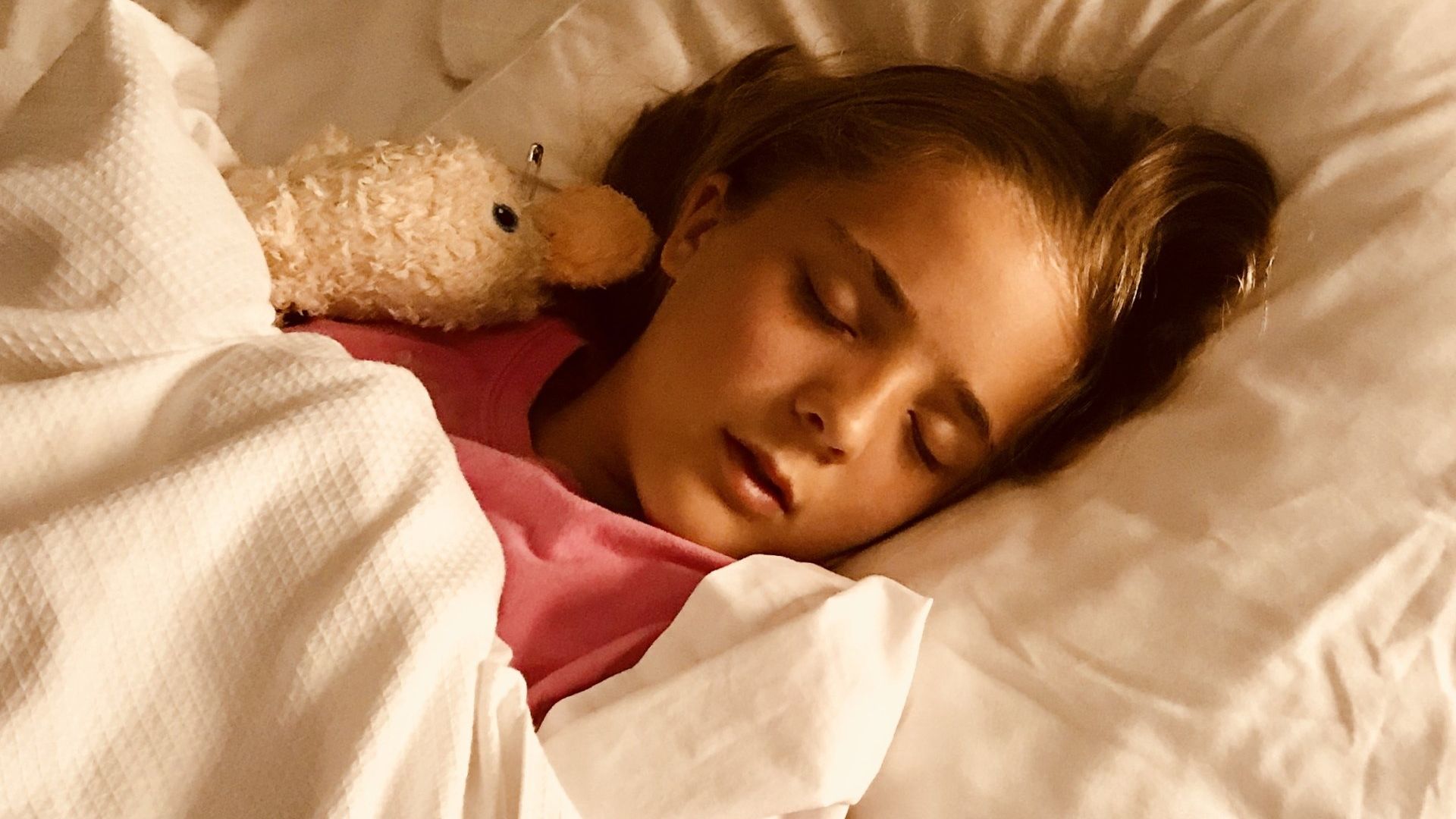Understanding and Managing Pediatric Sleep Disorders

Sleep is as crucial to children as nutrition and exercise. It's a vital component of every child's development, impacting everything from mental and physical health to learning and behavior. However, sleep doesn't always come easily. Pediatric sleep disorders are becoming increasingly recognized and can significantly impact a child's well-being. This blog aims to delve into common sleep disorders in children, offering insights into their management and treatment.
The Importance of Sleep in Childhood
Sleep is not just 'downtime'. For children, it's a period of intense neurological activity – a time when the brain consolidates learning and memories, and the body repairs and rejuvenates itself. A lack of quality sleep can lead to problems with mood, behavior, memory, and cognitive functions. It can also affect a child’s physical health, leading to issues like obesity and weakened immune response.
Recognizing Sleep Disorders in Children
Unlike adults, sleep disorders in children are not always marked by insomnia (difficulty falling or staying asleep). They often manifest in less obvious ways. Here are some signs that may indicate a sleep disorder in a child:
- Frequent waking during the night
- Difficulty falling asleep
- Snoring or breathing pauses during sleep
- Restlessness or sleeping in unusual positions
- Nightmares or night terrors
- Excessive sleepiness during the day
- Behavioral problems or mood swings
- Problems with attention and concentration
Common Pediatric Sleep Disorders
- Insomnia: This involves difficulty falling asleep or staying asleep. It can be caused by stress, anxiety, an irregular sleep schedule, or poor sleep habits.
- Obstructive Sleep Apnea (OSA): OSA is characterized by pauses in breathing due to blocked airways during sleep. It's often accompanied by snoring and can lead to daytime sleepiness, learning difficulties, and behavioral issues.
- Restless Legs Syndrome (RLS): RLS causes uncomfortable sensations in the legs, with a strong urge to move them, especially at night, leading to difficulty falling or staying asleep.
- Parasomnias: This group includes disorders like night terrors, sleepwalking, and sleep talking. These are more common in deep, non-REM sleep and can be distressing for both the child and the parents.
- Circadian Rhythm Sleep Disorders: These are disruptions in a child's internal clock. Examples include delayed sleep phase syndrome, where a child's sleep is delayed by several hours, and irregular sleep-wake rhythm, marked by variable sleep patterns.
Diagnosis and Treatment
If you suspect your child has a sleep disorder, the first step is to consult with a pediatrician or a pediatric sleep specialist. They may suggest:
- Sleep Diary: Keeping a record of your child’s sleep patterns can help in diagnosing the issue.
- Medical Evaluation: This may include a physical examination and a review of the child’s medical history.
- Polysomnography (Sleep Study): For disorders like sleep apnea, a sleep study in a lab can be instrumental in diagnosis.
Treatment varies depending on the disorder but may include:
- Behavioral and Lifestyle Changes: Establishing a regular bedtime routine, creating a comfortable sleep environment, and limiting screen time before bed can be beneficial.
- Cognitive Behavioral Therapy (CBT): For insomnia, CBT can help address behaviors and thoughts that contribute to sleep problems.
- Medication: In some cases, medication may be necessary, but it’s typically considered only after other treatments have been tried.
- Continuous Positive Airway Pressure (CPAP): For OSA, CPAP therapy, which uses mild air pressure to keep the airways open, can be effective.
- Iron Supplements: For RLS, if caused by iron deficiency, iron supplements may be recommended.
Tips for Parents
- Establish a Routine: Consistency is key. A regular bedtime routine signals to the child’s body that it's time to wind down.
- Create a Sleep-Inducing Environment: A cool, quiet, and dark room is conducive to sleep. Consider using blackout curtains and white noise machines if needed.
- Monitor Screen Time: Limit exposure to screens at least an hour before bedtime, as the blue light can disrupt the sleep cycle.
- Encourage Physical Activity: Regular physical activity during the day can help children fall asleep more easily at night.
- Address Stress and Anxiety: If worries or anxiety are keeping your child awake, talk to them about their concerns and consider seeking help from a mental health professional if necessary.
The Impact of Pandemic and Lifestyle Changes
The COVID-19 pandemic brought significant changes to children's routines, impacting their sleep patterns. Increased screen time, disrupted daily routines, and anxiety due to the pandemic have all contributed to sleep issues. As we move forward, reinstating regular routines and addressing any lingering anxieties will be crucial.
Recognizing and addressing sleep disorders in children is vital for their overall health and well-being. While sleep challenges can be worrying for parents, understanding the signs and knowing when to seek help can make a significant difference. It’s important to remember that most sleep disorders in children are treatable, and with the right approach, children can return to having a restful and restorative night's sleep.
The Role of Nutrition in Sleep
Nutrition also plays a crucial role in sleep quality. A balanced diet that is rich in fruits, vegetables, whole grains, and lean proteins can promote better sleep. Avoid heavy or large meals within a couple of hours of bedtime. Be mindful of caffeine intake, especially in older children, as it can significantly disrupt sleep patterns.
The Importance of Open Communication
For older children and adolescents, open communication about their sleep is essential. Encourage your child to share their thoughts and feelings about bedtime and any worries that might be keeping them awake. This not only helps in identifying the root cause of sleep issues but also strengthens your relationship with your child.
Emphasizing Sleep Hygiene
Good sleep hygiene is beneficial for the entire family. This includes going to bed and waking up at the same time every day, even on weekends, and creating a bedtime routine that is relaxing and consistent. Make your child’s bedroom a sleep-friendly environment, ideally reserved for sleep and relaxation only.
When to Seek Professional Help
While many sleep issues can be managed with changes at home, some require professional intervention. If your child’s sleep disorder is affecting their daily life, school performance, or mood, or if you notice symptoms like snoring, long pauses in breathing, or unusual behaviors during sleep, it’s time to seek help from a healthcare professional.
Staying Informed and Proactive
As parents, staying informed about the latest developments in pediatric sleep research and being proactive about your child’s sleep health is crucial. Regular check-ups with a pediatrician can help catch any sleep-related issues early on.
Sleep is a complex process, and when disorders arise, they can be challenging for both the child and the family. However, by understanding the common sleep disorders, recognizing the signs, and taking proactive steps towards management, these issues can be effectively addressed. Remember, good sleep is not a luxury; it’s a fundamental pillar of your child’s health, just as important as a balanced diet and regular exercise. By prioritizing and nurturing healthy sleep habits from a young age, you're setting your child up for success both in the short term and well into their future.










